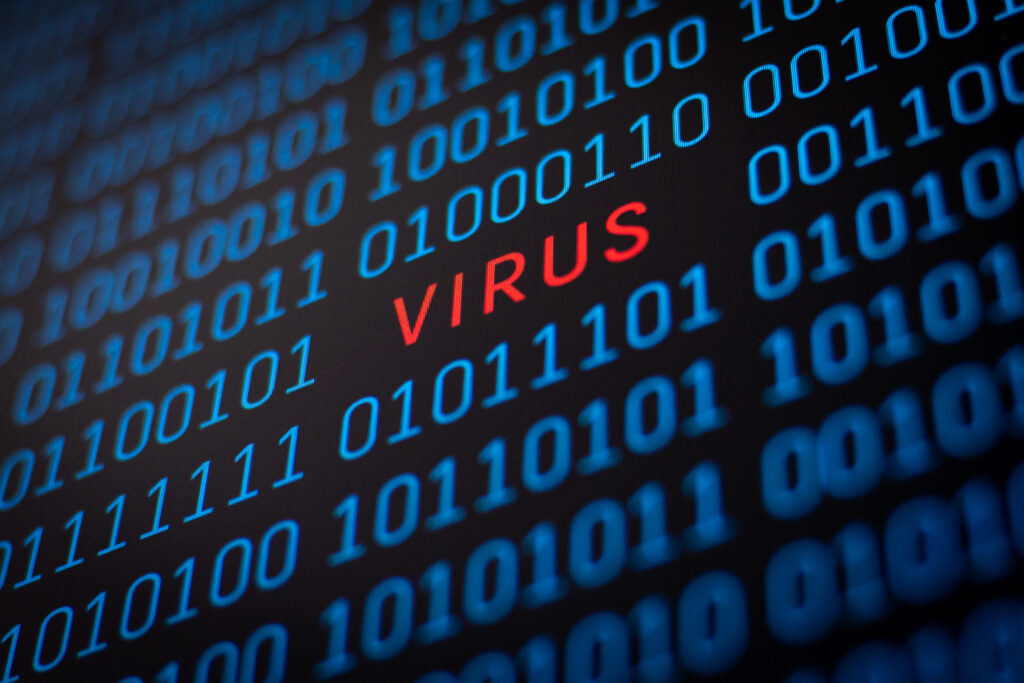Computer security is a fundamental pillar for companies and individuals. Technological advances have facilitated the digitization of many processes but have also opened the door to new risks.
Knowing the most common types of cyberattacks is key to preventing them and minimizing their consequences. This is not only about protecting personal data but also about preventing companies and institutions from suffering attacks that could affect their operations and reputation.
Advanced surveillance and security management tools are essential to dealing with these threats. In this sense, Kartos offers a solution specialized in Continuous Threat Exposure Management (CTEM).
We monitor and analyze vulnerabilities, detecting information leaks and security breaches before cybercriminals can exploit them.
What is a cyberattack, and how many types are there?
We call a cyberattack any type of offensive maneuver used by individuals or entire organizations that targets computer systems, infrastructures, computer networks, and/or personal computer devices. These attacks attempt to hack into a system through one or more digital acts, usually originating from an anonymous source, to steal, alter, or destroy a specific target.
There are different types of cyberattacks, which can be classified according to their method of attack or the purpose they pursue. Below, we explain the most frequent and dangerous ones.

Main types of cyberattacks
Ransomware
This attack has become one of the most devastating threats in recent years. Ransomware encrypts files on a device or an entire network and demands payment to restore access.
Victims often receive threatening messages stating that if they do not pay the ransom within a specific time, they will lose their data forever. However, paying does not guarantee the recovery of the information and, in addition, finances the attackers to continue operating.
Phishing
Malware
Malware is any type of software that intentionally performs malicious actions on a system without the user’s knowledge. Viruses, worms, and Trojan horses are different types of malware.
Within malware, we find several categories:
- Virus. A computer virus is a small script of code that, when executed, replicates itself by modifying other computer programs, which are called hosts, and inserting its own code to alter a computer’s operation. Of course, since this is a type of malware, all of this is done without the user’s permission or knowledge.
- Worms. A computer worm is a standalone malware program that replicates itself to spread to other computers. This differs from a virus because the virus needs a host program, but the worm does not. A worm often uses a computer network to spread, relying on security flaws in the target computer to gain access to it. Once there, it will try to scan and infect other computers.
- Trojan Horse. A Trojan horse virus is a type of malware that is downloaded onto a computer disguised as a legitimate program. It is usually hidden as an attachment in an email or a free download file and then transferred to the user’s device. Once downloaded, the malicious code will execute the task the attacker designed it to do, such as spying on users’ online activity or stealing sensitive data.
Malware can compromise everything from individual computers to large business networks, causing financial losses and operational problems.

Phishing
Phishing is a method of social engineering in which attackers impersonate legitimate entities (banks, businesses, or online services) to trick victims into obtaining sensitive information.
Phishing emails often include links to fake web pages that mimic the real thing. When the victim enters their data, cybercriminals steal it and use it to access bank accounts, emails, or corporate networks.
Phishing attacks have evolved, and there are now more sophisticated variants, such as spear phishing, which is aimed at specific targets within a company, and whaling, which is focused on managers and senior managers.
If you want to learn more about this cyberattack, access our post→ Phishing: what it is and how many types there are.
Denial-of-service (DDoS) attacks
Distributed denial-of-service (DDoS) attacks seek to overload a website or online service’s servers by sending a massive volume of fake traffic. As a result, the servers stop working correctly, preventing access to legitimate users.
These attacks can be used to extort money from companies, causing economic losses and damaging the reputation of the affected company.
Spyware
Spyware is spyware installed on a device without the user’s knowledge. It aims to collect private information, such as browsing habits, passwords, or banking details.
Some spyware records everything the user types on their computer, making it easier to steal credentials. Others take screenshots or activate cameras and microphones without authorization.
Botnet
Botnets are networks of infected devices that cybercriminals use to carry out massive attacks. These devices, called bots, can be personal computers, servers, or IoT (Internet of Things) devices, such as security cameras or smart appliances.
Botnets allow attackers to automate spamming, distribute malware, conduct DDoS attacks, or mine cryptocurrencies without the knowledge of the owners of the infected devices.
Man-in-the-Middle (MitM)
In this attack, the cybercriminal intercepts communication between two parties to spy, manipulate, or steal information.
These attacks often occur on insecure public Wi-Fi networks, where attackers can capture sensitive data, such as bank account access credentials or emails.
Companies should have an advanced cyber surveillance solution that allows detecting and mitigating threats before they materialize.
Protect your business with Kartos
Kartos, developed by Enthec, is a Continuous Threat Exposure Management (CTEM) platform designed to monitor and protect organizations.
Kartos scours all three layers of the web for vulnerabilities and breaches of corporate information, allowing companies to take preventative measures before an attack occurs. Its advanced technology provides a complete view of an organization’s level of exposure, reducing the risk of cyberattacks.
To learn more about how Kartos can help protect your business, contact us and learn how to stay ahead of digital threats.


